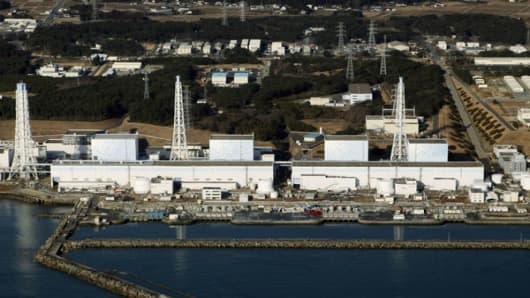Four fuel storage pools at the crippled Fukushima No. 1 nuclear plant have been without fresh cooling water for more than 15 hours due to a power outage, but Tokyo Electric said Tuesday morning it was trying to repair a broken switchboard that might have caused the problem.
Tepco said pool temperatures were well within safe levels at Fukushima No. 1, and the pools would remain safe for at least four days without fresh cooling water.
The utility was preparing a backup system in case the repairs didn't fix the problem, Tepco official Masayuki Ono told reporters.
(Read More: Japan's Anti-Nuclear Protest Two Years After Fukushima)
"If worse comes to worst, we have a backup water injection system," said Ono.
The command center at the plant suffered a brief power outage before 7 p.m. Monday. Electricity was quickly restored to the center but not to equipment pumping water into the fuel pools.


